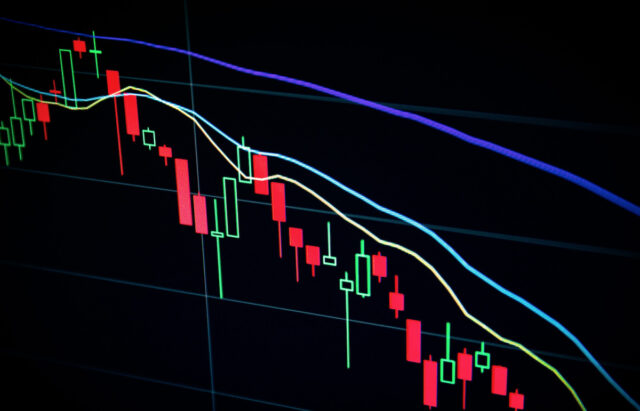Investors and asset managers can apply different strategies to manage ESG-related risks in their portfolios.
Short-selling climate-related risks
With reference to “E” and climate-related risks investors could – apart from divestment and exclusion – select companies with lower climate-related risk exposure. All these strategies would reduce the level of diversification within the portfolio and impact returns.
Investors could also apply long/short strategies (like 130/30) and implement their ESG view by selling short those companies which they expect to be hit when climate-related risks and exposures will be priced in the market and share prices might fall.
Companies aware of short sellers
Financial investors – and hedge fund managers in particular – can get attention by entering into short positions. Asset managers often refer to the the fact that companies’ management teams are well aware of the concerns and the investment rationale of short sellers as they represent an important sounding board for companies. But short sellers might also be seen as strong adversaries difficult to deal with.
Hedge fund managers often see short selling as the most effective form of engagement with investee company managements who might not be pleased to have too many short sellers around and therefore might well listed to their concerns.
Transparency is key
The question is how investors, asset managers and hedge fund managers can implement an effective ESG and stewardship strategy with short positions and provice meaningful reporting?
The key is transparency on all positions independent from the strategy applied. This means full transparency on long, short and net positions including data on derivatives, leverage, securities lending and other transactions.
How to net ESG exposures?
Another related debate among investors and asset managers centers aroun the question how to aggregate different ESG exposures. It is a crucial debate and will gain momentum in 2022 when principle adverse impact indicators and a number of metrics and datapoints will have to be reported as part of SFDR disclosure requirements.
It is clear that some factors and exposures could be combined, aggregated or presented as net exposures (carbon footprint and GHG emissions possibly) but other factors cannot be combined, especially social factors and exposures related to a number of other areas, like biodiversity, etc.
More research is expected in the area of managing economic, financial and ESG-related risks. Investors will have to decide which type of risk to take on and what level of compensation they should demand. PRI provided valuable reports on short selling and responsible investment.
* * *




